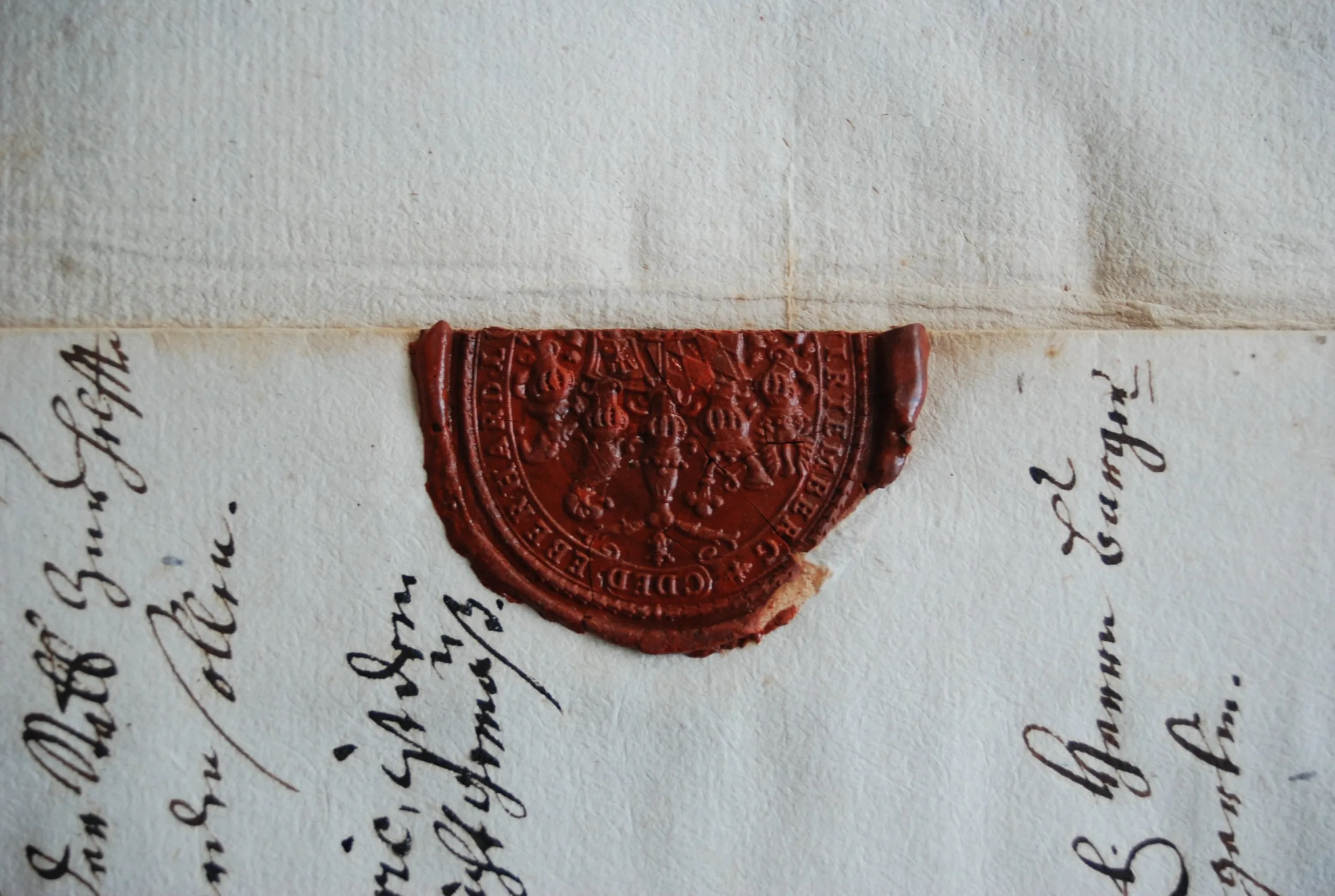There is no shortage of contenders for the title of “most hated tax in Britain” and current headlines would have you believe that Inheritance Tax is at the top of the league. However, IHT is a very minor player both in terms of yield (£5.76 billion in the 2020/21 tax year) and scope (only 3.73% of UK deaths resulted in an IHT charge in 2020/21). It is also hardly unique in being a tax which can (not always justifiably) be characterised as being payable out of income savings which have already been taxed; VAT and Council Tax would have a much better claim to the trophy if the “tax-on-taxed income” point was the decider.
On any reasonable analysis, the true victor in the unpopularity contest must surely be the tax with the highest marginal rates (up to 60% – and no, that’s not a typo – vs IHT’s 40%) and which eclipses all other sources of UK public sector revenue (£249 billion in 2022/23 and forecast to rise to £268 billion in the current tax year). We are of course referring to our old friend income tax.
In fact, income tax is a relative youngster in the context of modern history. It was announced by William Pitt the Younger in 1798 (and enacted in 1799) as a temporary measure to raise funds for building up Britain’s military resources in preparation for the Napoleonic wars. It was a graduated tax, starting at a rate of 2 old pence in the pound (less than 1%) on annual income above £60 and rising to a top rate of 2 shillings in the pound (10%) on income above £200. Pitt hoped that his new tax would raise £10 million in its first year – it actually realised less than £6 million.
In 1801, Pitt resigned as Prime Minister and was succeeded by Henry Addington. In March 1802, the Treaty of Amiens brought about a short-lived peace with Napoleon, which allowed Addington to repeal income tax. However, he was forced to reinstate it in 1803 following the resumption of hostilities. Although the new rates of tax were cut by half from those under the Pitt regime, revenue increased by 50% and the number of taxpayers doubled (helped no doubt by the introduction of tax at source). In opposition, Pitt had criticised Addington’s income tax regime but that did not stop him from adopting it unchanged on his return to office in 1805 (and the following year the top rate of tax was increased back to the original 10% rate).
Income tax continued with only minor changes until 1816, when it was repealed ‘with a thundering peal of applause’ following the previous year’s defeat of Napoleon at the Battle of Waterloo. Parliament also decreed that all documents connected with the tax should be collected, cut into pieces and pulped (a somewhat futile gesture given that duplicates had already been sent to the King’s Remembrancer).
After a hiatus of over a quarter of a century, it came as something of a surprise to the country when income tax was reintroduced by Sir Robert Peel in 1842, not least because he had opposed it in the 1841 general election campaign. Peel had effectively founded the Conservative Party a few years earlier, so even if the Tories can’t be blamed for the original incarnation of income tax (Pitt’s political affiliations are hard to characterise), they can certainly take the rap for its resurrection! Peel’s regime was relatively benign – a flat rate of 7 old pence in the pound (just under 3%) on annual income above £150 – and was initially imposed for three years, with the option of a two year extension. Suffice it to say that income tax has remained in place ever since.
This is not to say that there were no serious efforts to abolish income tax after 1842. In his epic five hour Budget speech of 1853, William Gladstone (a Whig) laid out his plans to phase out income tax over seven years. When Benjamin Disraeli returned as Tory Chancellor in 1858, he described income tax as ‘unjust, unequal and inquisitorial’ and ‘to continue for a limited time on the distinct understanding that it should ultimately be repealed’.
The Whigs had morphed into the Liberal Party when they returned to power in 1859 but in the Budget of 1860 (the year he had set for the repeal of income tax), Gladstone was forced to put the planned repeal on hold. Both he and Disraeli continued to advocate for abolition as each progressed to Prime Minister (one of the few issues they agreed on) and the debate reached its zenith in the 1874 general election campaign, which led the Times to report that ‘It is now evident that whoever is Chancellor when the Budget is produced, the income tax will be abolished’. It was not of course abolished after Disraeli won the election and the question of abolition has been off the debating table ever since.
The early 20th century saw significant changes to the income tax regime. In his Liberal Party’s ‘People’s Budget’ of 1909, David Lloyd George re-introduced higher rates of income tax (5% on income above £2,000pa) and an additional ‘supertax’ (an additional 2.5% on income above £5,000pa); the House of Lords rejected the budget and the resulting constitutional stand-off ultimately led to the removal of the Lords’ power of veto under the Parliament Act 1911.
The enormous cost of the First World War led to major increases in the rates of income tax – the standard rate increased from 6% to 30% by the end of the war. 1914 was also the first year in which UK domiciled taxpayers became liable to tax on certain types of foreign income even if it had not been ‘remitted’ to the UK (previously, all UK residents could benefit from the remittance basis regardless of their domicile status).
The Second World War brought similar hikes in tax rates. The standard rate of tax was 29% (with additional surtax – as supertax had been renamed – at 41% on incomes over £50,000) in 1939; by the 1944/45 tax year this had risen to 50% (with surtax at 48% for incomes over £20,000 – so an effective 98% maximum tax rate). 1944 also saw the introduction of Pay as You Earn.
There have been two tax years since WW2 when income tax rates exceeded 100%. In 1947/48, Clement Atlee’s Labour government imposed a ‘special contribution’ of 50% on investment income above £5,000 – this applied on top of basic rate income tax at 45% and surtax at 52.5%, giving an overall rate of £147.5%! A similar special charge imposed by Harold Wilson’s Labour government on investment income over £8,000 for the 1967/68 tax year resulted in a slightly lower effective rate of 136.25%.
Even leaving those two anomalies aside, tax rates remained at eye-watering levels until 1979 despite the abolition of surtax in 1973, which was simply replaced by higher income tax rates by Labour chancellor Dennis Healey (who famously said “I warn you that there are going to be howls of anguish from those rich enough to pay over 75% on their last slice of earnings”).
The turning point came shortly after the Conservatives, under Margaret Thatcher, won the 1979 election. In his post-election Budget, Geoffrey Howe retrospectively lowered tax rates from the start of the 1979/80 tax year (the top rate dropped from 83% to 60%). The tax cutting trend continued under the Conservatives, culminating in Nigel Lawson’s 1988 Budget which abolished various intermediate tax rates leaving just a basic income tax rate (cut from 27% to 25%) and a higher rate (cut from 60% to 40%).
The 90s and the noughties saw further tax cuts under both Conservative and Labour governments, first with the introduction of a ‘starting rate’ of 20% in 1993 and followed by the gradual reduction of the basic income tax rate from 25% to the current 20% between 1996 and 2008 (at which point the starting rate was abolished).
The financial crash of 2008 and subsequent austerity measures led to a reversal of this downward trend, with the introduction in 2010 of the 50% ‘additional rate’ on income above £150,000pa by George Osborne, chancellor of the Tory-led coalition government (although the rate was quickly reduced to 45% from 2013). The 45% rate has of course remained ever since and in spite of the brief period last autumn when it was scheduled for abolition under Liz Truss and Kwasi Kwarteng’s doomed mini-budget, it now applies to income above £125,140pa. If this seemed bewildering to those of us who lived through the chaos of last year, spare a thought for future tax historians…
To end on a more positive note, consider this point. Income tax expires on 5 April each year, although the Provisional Collection of Taxes Act 1968 allows the government to continue to collect income tax for up to seven months until the tax is formally renewed by passing a new Finance Act. Parliament invariably does pass a Finance Act within the time limit but the fact remains that, more than two centuries after it was first introduced, income tax is still temporary!





